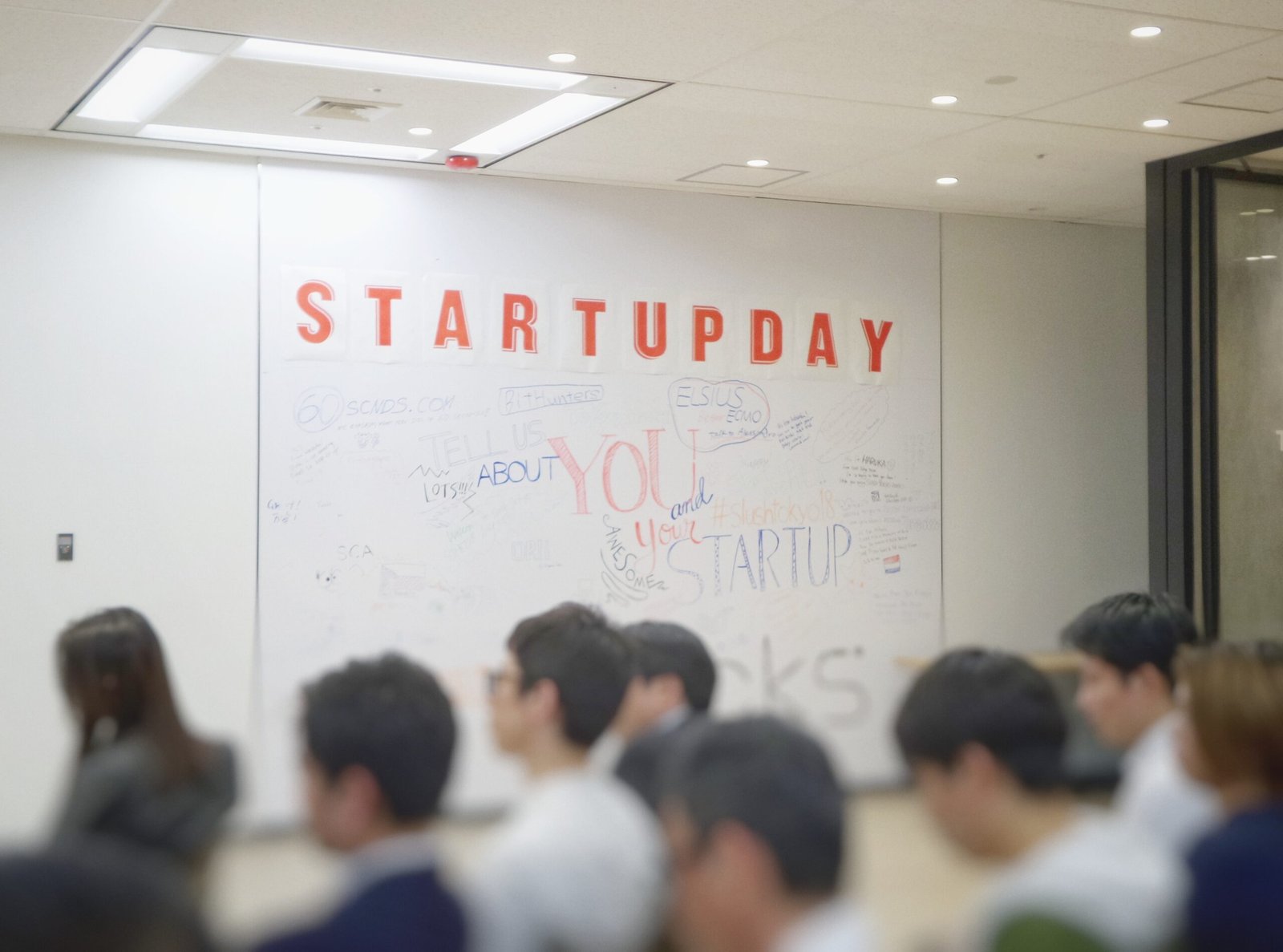Launching a new startup, no matter whether it is a hi-tech start-up company, small and medium-sized business, or a business initiative inside a huge organization, always includes a series of hit-or-miss assumptions about the market, customers and other business aspects. As per the recommendation’s that were utilized in entrepreneurship for decades, the best framework for analyzing these assumptions successfully was making a business plan, followed by gaining investors, building a product, building a team, and following the objective of reaching maximum sales. It is the lean startup method. Here, we will discuss everything you must know about a lean startup.
What is Lean Startup?
Popularized by entrepreneurs and writers like Steve Blank and Eric Ries, Lean hypothesis-driven was theorized as a way for new ventures with restricted resources to tune into consumer needs and to create and launch new products and services. The method aims to shorten the cycle of product development and quickly discover if a proposed business model is feasible. This is attained by adopting a mix of business hypothesis-driven experimentation, iterative product release, and validated learning.
Of course, a lean startup is associated with the formation of new companies. The approach is applicable to large organizations, though. While the approach is applicable to the whole company in a startup setting, within large organizations, it is all about optimizing or starting a specific part of a business. For instance, a startup media company can apply the method to the development and launch of a certain application.

By using lean startup principles, product developers can measure customer interest in the product and find out how the product needs to be developed. This process is also known as validated learning and it can be used to avoid the use of resources in product development. Through lean startup, if an idea is about to fail, it will fail quickly and cheaply rather than gradually and expensively, therefore the term used is “fail-fast.”
Everything you must know about a Lean Startup
There are three stages of a lean startup. These are the stages of the problem or solution fit, stage of product or market fit and growth stage.
The second stage, i.e. the stage of product or market fit is the most significant milestone for all the startups. Reaching the milestone affects the strategy as well as the method of leading the organization. Therefore, it makes sense for the startup to divide building the firm into a period “before or market fit” and “after the product or market fit.”
In the stage before “product or market fit”, it is important for a startup to mainly focusing its activities on learning as well as pivoting the business model. After completing the “product or market fit” stage, it makes sense for the startup to begin focusing on the growth of the firm and optimization of business procedures. The following are the three stages of the startup, among which the second stage is the first significant milestone:
Problem and solution fit- The initial stage of a startup is known as the problem/ fit. In this stage, the startup decides whether it is trying to solve an issue that is worth solving. By doing this, the startup prevents the trap of spending several months or years creating something that no one wants.
Even though business ideas are cheap and there are plenty of them, their implantation can be rather costly. That is why concrete facts need to be selected, showing that the right issue is being solved and that the business idea is reasonable. In the first stage, the startup must have a clear answer to three questions. These are whether the solution is something that customers require and want, are they prepared to pay for the right solution, and of course, is the problem solvable. In this stage, the startup makes a maximum viable product.
Product and market fit- The second stage is known as product or market fit, in which the startup tests the reliability of a product and attractiveness of the product for sales purposes. In this phase, the startup goes from testing various business models to a plan that works, signifying that the startup is daily acquiring customers to make repeated buying and are prepared to pay for the solution daily. In this stage, the lean startup knows the important functionalities of the product that the market is prepared to pay for that solve vital problems for consumers.

Growth- The final stage is the phase of increasing the scope of business operations or growth. In this phase, the startup mainly focuses on rising the scope of a business model. The lean startup increases the scope of the business model by utilizing the right mechanisms of sales, marketing, and sale channels, and by selecting a proper engine of expansion. The end of the problem or solution fit is called business idea confirmation, the end of the product/market fit can be known as value hypothesis confirmation.
And for fast growth, confirmation of sales, marketing, and engines of expansion is required. In this, it is important that the lean startup systematically establishes the assortment of feedback from the customers or market in each stage.
Comparison between a traditional business and a lean startup
The lean startup procedure is different from a traditional business model in terms of hiring. Lean startups appoint employees who can learn, adapt, and work fast. On the contrary, traditional businesses hire people based on their ability and work experience. The lean startup uses various financial reporting metrics. Instead of focusing on balance sheets, income statements, and cash flow statements, they mainly focus on acquisition pricing, lifetime customer value, and customer churn rate.
Everything you must know about lean startup requirements
The lean startup method thinks experimentation to be valuable when compared to detailed planning. Five-year business plans around unknowns are considered a waste of time and customer reaction is important. Rather than business plans, lean startups use a business model based on hypotheses that are tested rapidly. Before moving, data does not have to be completed, it should be just enough. When customers do not reach as required, the startup adjusts to restrict the losses and return to making products that customers are looking for.
Business owners who follow this procedure test their hypothesis by engaging with potential customers, partners, and buyers to check their reactions on product features, pricing, distribution, and customer acquisition. With the information, entrepreneurs make small adjustments known as iterations to products, and big adjustments called pivots for main concerns. This stage of testing might result in changing the target customer or altering the product to serve the current target consumer in a much better way.
The lean startup process fist finds out an issue that needs to be resolved. Then, it creates a minimum feasible product or the smallest form of a product that allows entrepreneurs to present it to potential customers for receiving feedback.
This process is less expensive and faster. Also, it lessens the risks that most of the startups face by reducing their high failure rate. Lean startup redefines a startup as an organization that is looking for a scalable business model, not one that has an existing business plan which should be executed.
Benefits of a lean startup
Some of the top benefits of a lean startup approach are:
- Making decisions based on the data and evidence, instead of the executive’s instincts
- Fast cycle time for creating ideas
- Improved quality feedback from stakeholders and consumers, most often because they are asked to buy something, instead of just telling opinions in a focus group
- More flexibility about making a few changes to ideas as they progress from basic concept to minimum viable product (MVP), then to the finished product.
Now, this is everything you must know about a lean startup. Keeping these things in mind will help you start you own startup.

